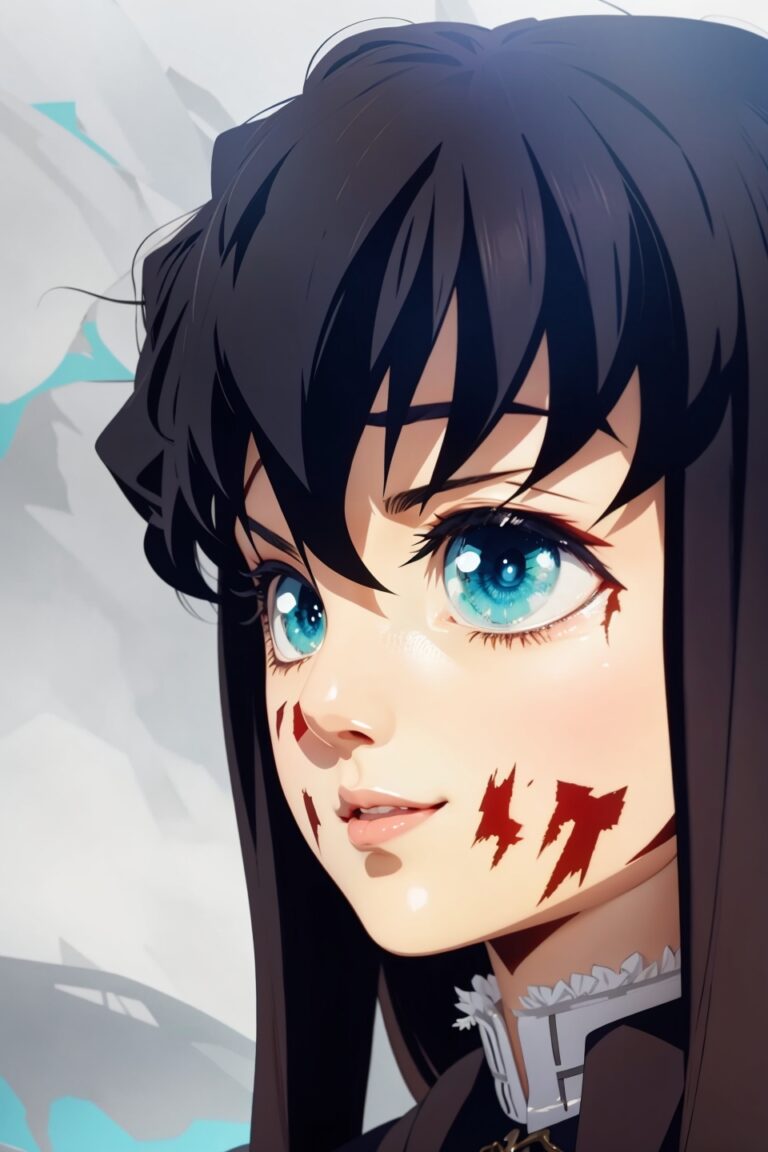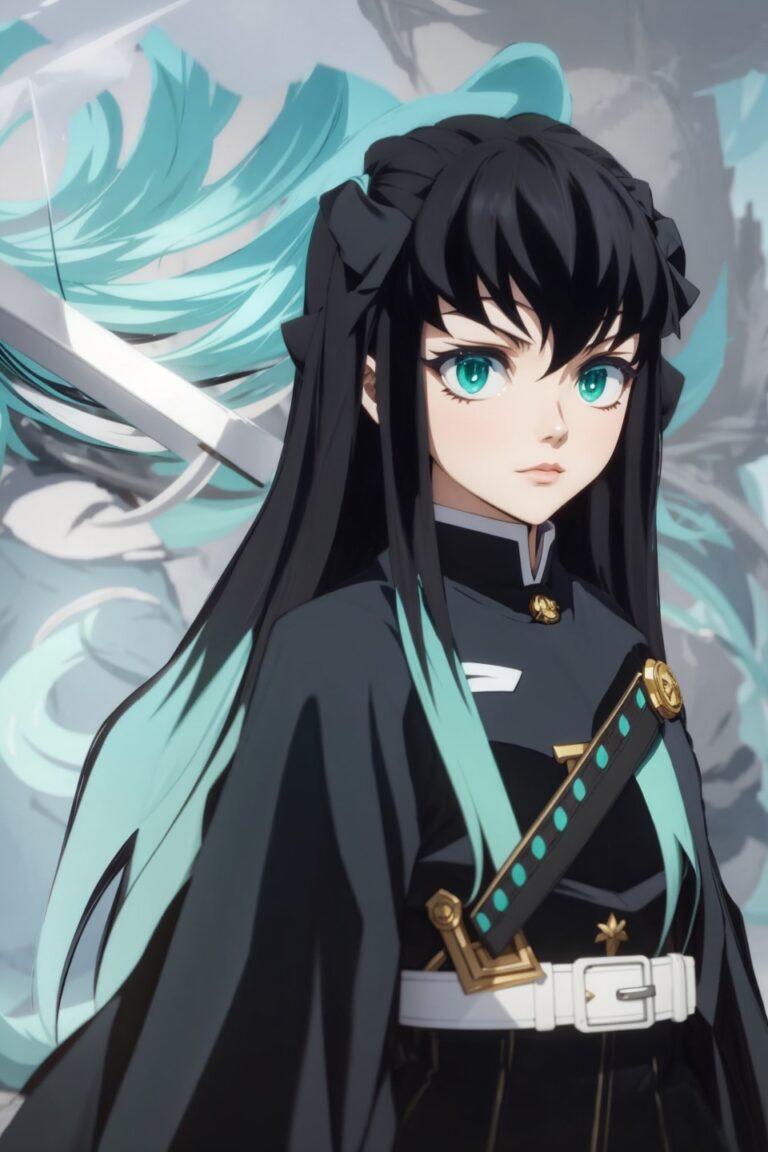
Demon Slayer’s Muichiro Tokito faced a tragic demise in a gripping showdown against his ancestor, Kokushibo. This article delves into the heart-wrenching details of Muichiro’s death, exploring the circumstances that led to this impactful moment in the manga.
Muichiro Tokito, the Mist Hashira, met his heartbreaking end in the final battle against Kokushibo, the formidable Upper-Rank One demon and Muichiro’s own bloodline. As fans of Demon Slayer know, the series is renowned for its intense and emotionally charged confrontations, and Muichiro’s death scene is no exception. This section meticulously unfolds the tragic narrative, capturing the essence of Muichiro’s character and the relentless struggle he faced against the powerful demon that was not only an adversary but also a part of his familial lineage. The clash in the Infinity Castle brought forth the culmination of Muichiro’s journey, marking a profound moment that resonates with readers and leaves an indelible impact on the Demon Slayer: Kimetsu no Yaiba series.
Muichiro Death Scene:
Muichiro’s final moments unfolded in the fierce battle against Kokushibo, the Upper-Rank One demon and his own bloodline. A brave lone start, Muichiro was later joined by fellow Hashiras Genya and Sanemi Shinazugawa, along with Gyōmei Himejima, the Stone Hashira. The ensuing clash resulted in the sacrifices of Genya and Muichiro, marking a poignant chapter in Demon Slayer.
The Culprit: Who Killed Muichiro?
In the heart-wrenching tale of Muichiro Tokito’s demise, the pivotal question arises: Who was the sinister force behind the death of the Mist Hashira? The answer lies in the formidable figure of Kokushibo, the Upper-Rank One demon, and Muichiro’s ancestor.
As the curtains fall on Muichiro’s final battle, Kokushibo emerges as the prime antagonist responsible for the tragic end of the Mist Hashira. The conflict unfolded within the confines of the Infinity Castle, where Muichiro, along with his comrades Genya Shinazugawa, Sanemi Shinazugawa, and Gyōmei Himejima, confronted the relentless might of Kokushibo. It was in this harrowing confrontation that Muichiro met his fate at the hands of Kokushibo’s formidable skills and deadly swordplay.
Kokushibo’s role in Muichiro’s death extends beyond mere physical combat; it is deeply intertwined with the complex web of family ties and ancestral bonds. As an Upper-Rank demon and a blood relative to Muichiro, Kokushibo’s betrayal adds an extra layer of tragedy to the Mist Hashira’s demise. This section explores the nuances of Kokushibo’s character and his motivations, shedding light on the factors that led to Muichiro’s untimely end. The narrative unfolds, highlighting Kokushibo’s formidable presence as the culprit behind Muichiro’s death, leaving an indelible mark on the Demon Slayer saga.

Kokushibo’s Role in Muichiro’s Death
Kokushibo played a pivotal role in Muichiro’s tragic fate. The demon engaged in a relentless duel, showcasing his prowess and admiration for the skills of the Hashiras. Despite the Upper-Rank One’s demise, Muichiro’s sacrifice added depth to the narrative, unraveling the complexities of their familial connection.
Why Did They Kill Off Muichiro?

The decision to bid farewell to a beloved character like Muichiro Tokito in “Demon Slayer: Kimetsu no Yaiba” raises poignant questions about the narrative choices made by the creators. The Mist Hashira, known for his tenacity and unique contributions to the Demon Slayer Corps, met his tragic end during a climactic battle against Kokushibo, an Upper Moon One demon. But why did the creators choose to end Muichiro’s journey in such a heartbreaking manner?
The reasons behind Muichiro’s demise are deeply rooted in the overarching themes of sacrifice, legacy, and the relentless struggle against formidable adversaries. Muichiro, along with his comrades, became a crucial player in the battle against the demons, particularly in the final showdown against Muzan and his demonic forces. His character arc, marked by personal tragedy and a quest for vengeance, added layers of emotional complexity to the narrative.
The decision to kill off Muichiro serves several narrative purposes. It emphasizes the gravity of the threat posed by Kokushibo, an Upper-Rank One demon, showcasing the stakes faced by the Demon Slayer Corps. Muichiro’s death becomes a symbol of the sacrifices required in the fight against demons, underscoring the perilous nature of their mission.
Furthermore, Muichiro’s death contributes to character development for those around him, impacting the surviving members of the Demon Slayer Corps. It becomes a catalyst for emotional growth, inspiring renewed determination and camaraderie among the remaining Hashira and slayers.
Muichiro’s Death in Manga
The manga adaptation of Muichiro’s death provides a more in-depth look at the emotional and physical toll of the battle. From Muichiro’s initial struggle against Kokushibo to the poignant moments leading to his demise, the manga captures the essence of this pivotal event.
In summary, Muichiro Tokito’s death in Demon Slayer marks a significant turning point in the series. As fans mourn the loss of the Mist Hashira, the intricate storytelling and character dynamics continue to captivate audiences, making Muichiro’s sacrifice a memorable and impactful chapter in the Demon Slayer: Kimetsu no Yaiba saga.
